11 Best Ways to Manage and Remove Pokeweed Plants
Pokeweed is a perennial plant that can grow quite tall, often reaching heights of 10 feet. It has large, dark green leaves and distinctive clusters of purple berries. While it may look attractive, pokeweed is toxic and can be harmful to humans and animals if ingested. It can quickly spread throughout gardens, making it a challenging weed to manage. We will explore the best ways to get rid of pokeweed and prevent it from taking over your garden.
This post may contain affiliate links, which helps keep this content free. Please read our disclosure for more info.
Hand Pulling
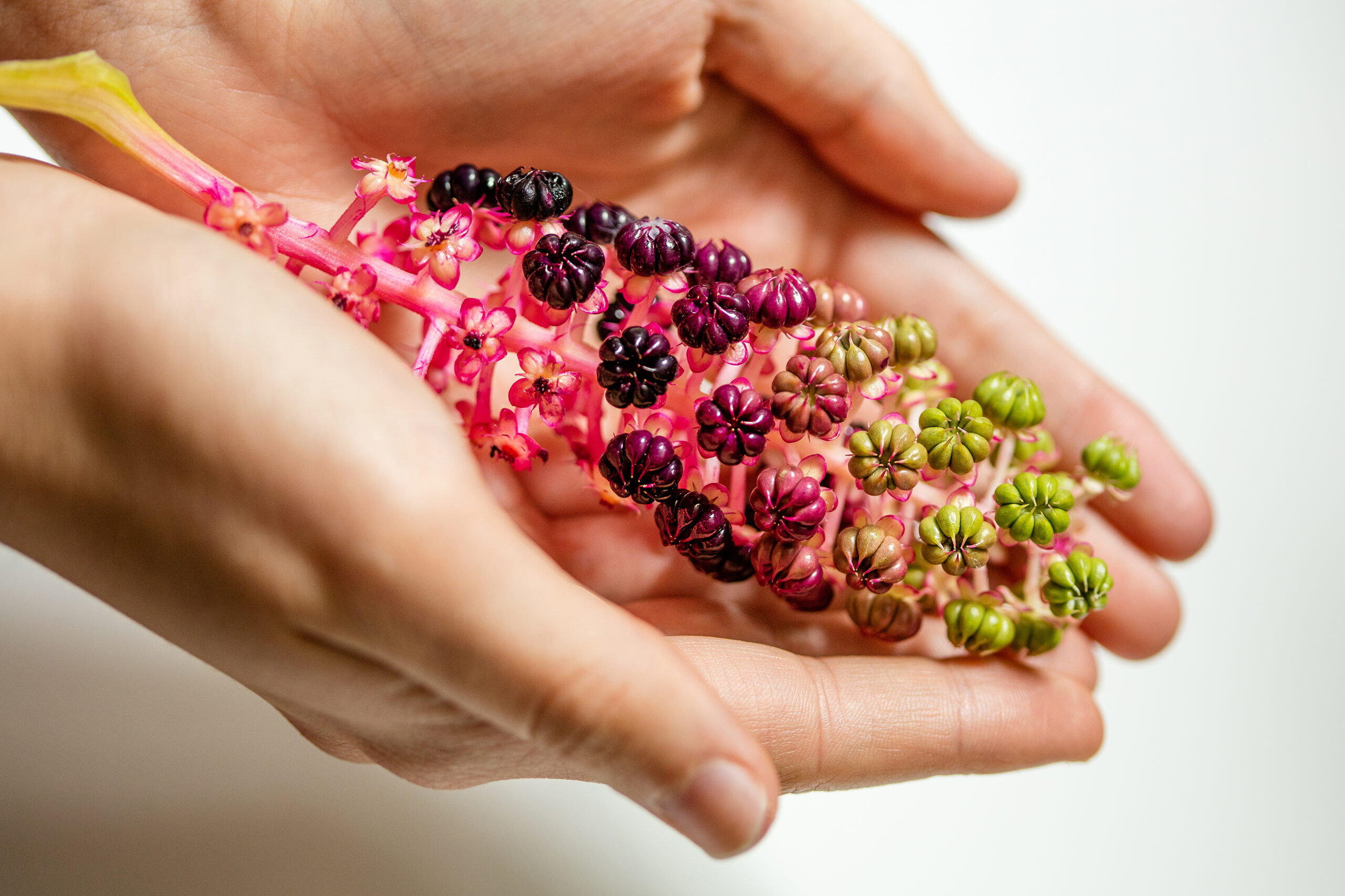
One of the simplest methods to remove pokeweed is by hand pulling. This works best when the plant is young and its root system is not yet deep. Grab the base of the plant and pull carefully to remove the entire root. Make sure to dispose of the plant properly, as even small pieces can grow back.
For larger pokeweed plants, this method can be challenging. It is important to dig around the base of the plant to loosen the soil and remove all of the roots. Leaving even a small piece behind may allow the plant to regrow. It is recommended to wear gloves when handling pokeweed, as its berries and sap are toxic.
Use a Weed Killer
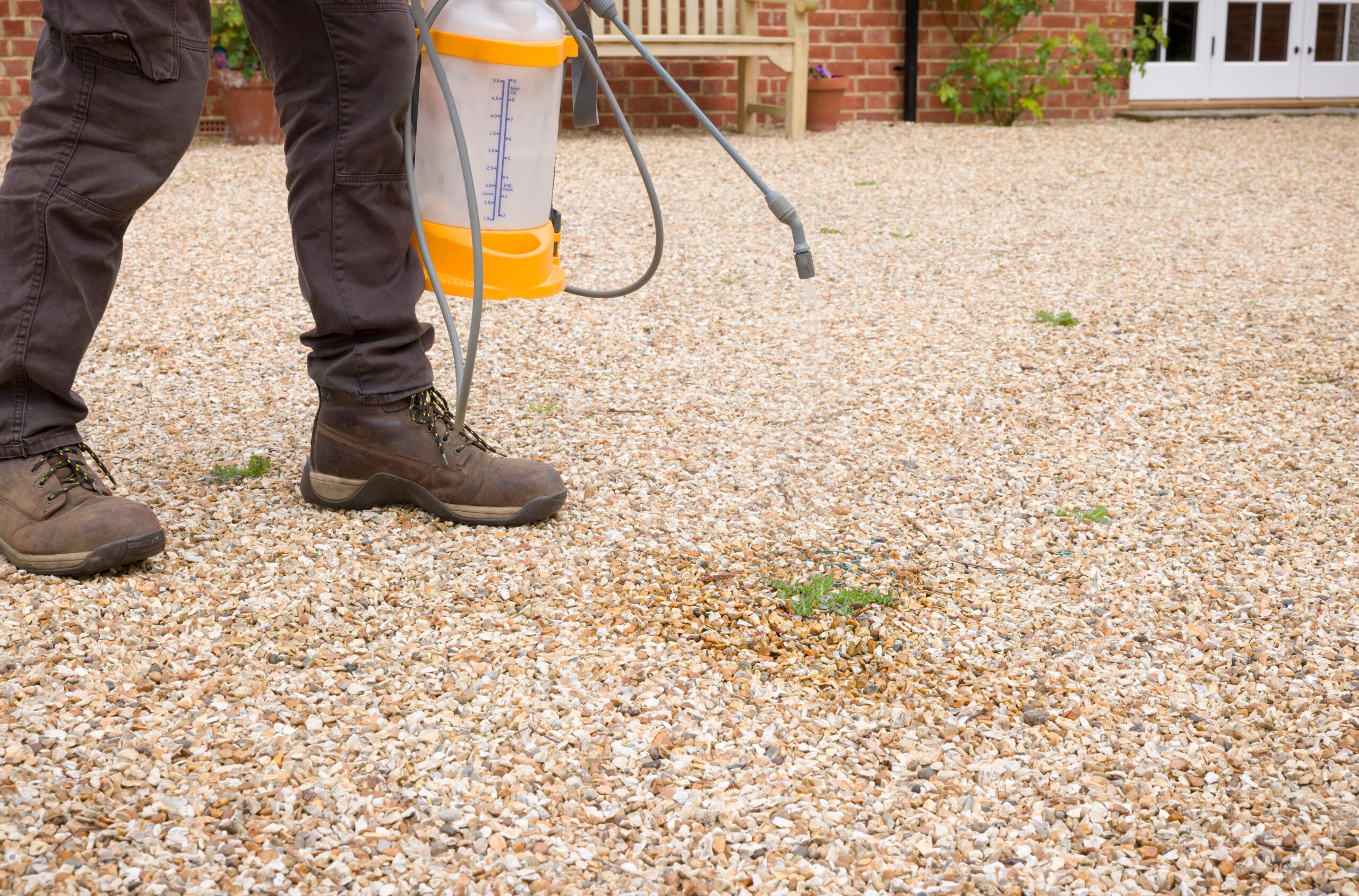
Applying a targeted weed killer can be effective for controlling pokeweed. Look for a herbicide that is labeled for use on broadleaf plants, which is effective against pokeweed. Be sure to follow the manufacturer’s instructions and apply it during the plant’s active growing season. This method can help prevent pokeweed from returning in the same area.
While herbicides can be effective, it is important to be cautious when using them near desirable plants. To avoid harming other vegetation, apply the herbicide directly to the pokeweed. Additionally, avoid applying herbicides when the weather is windy or rainy, as this can cause the chemicals to spread to unintended areas.
Mulching
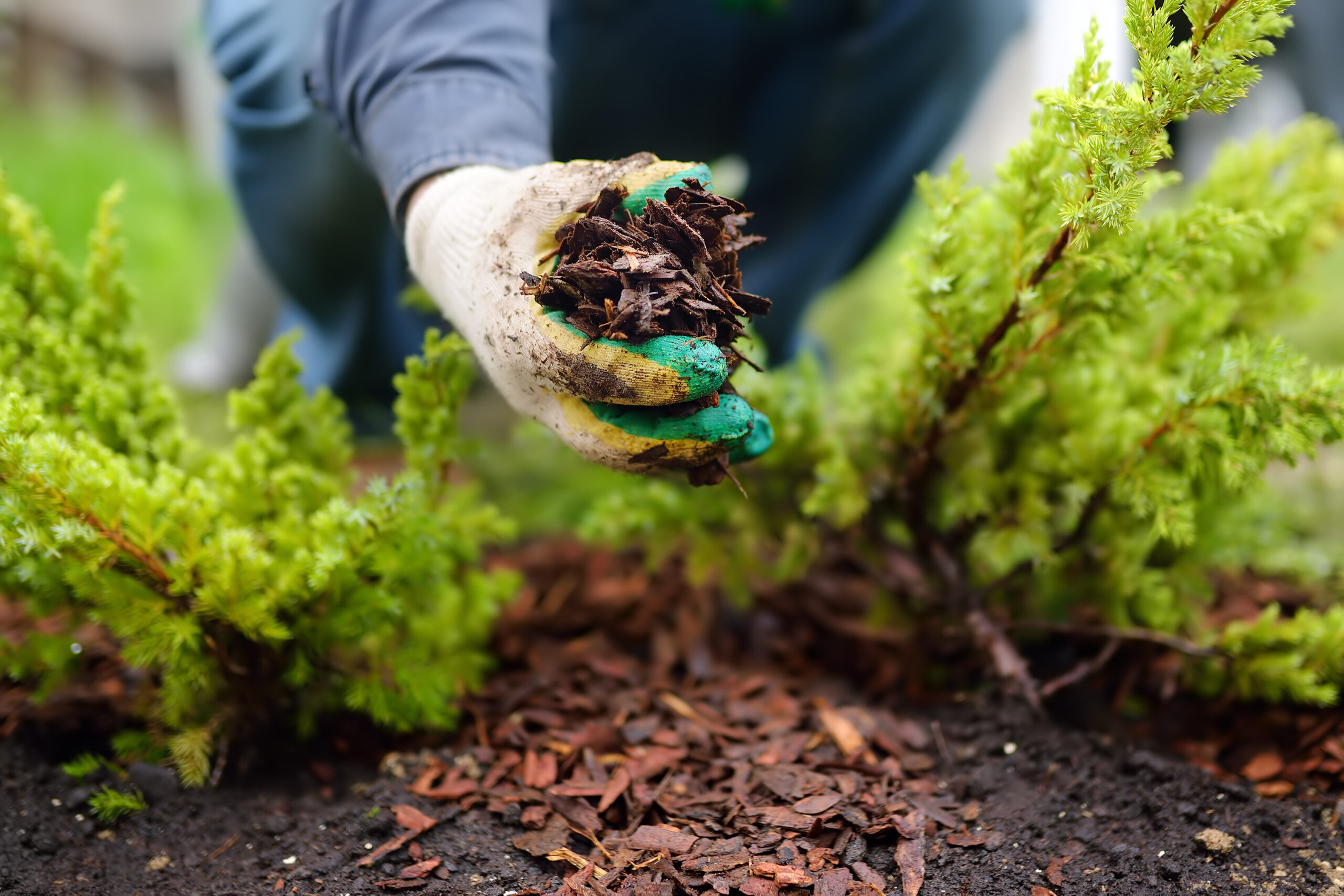
Mulching can help prevent pokeweed from growing back by smothering its roots. Apply a thick layer of mulch around the base of the plant to block sunlight from reaching the soil. This will weaken the plant and prevent it from establishing itself. Over time, the lack of sunlight will cause the pokeweed to die off.
Organic mulches such as wood chips, straw, or leaves work well for this purpose. Not only does mulch reduce pokeweed growth, but it also helps retain moisture in the soil and improves soil quality. However, mulch should be replenished regularly to maintain its effectiveness.
Cutting the Plant
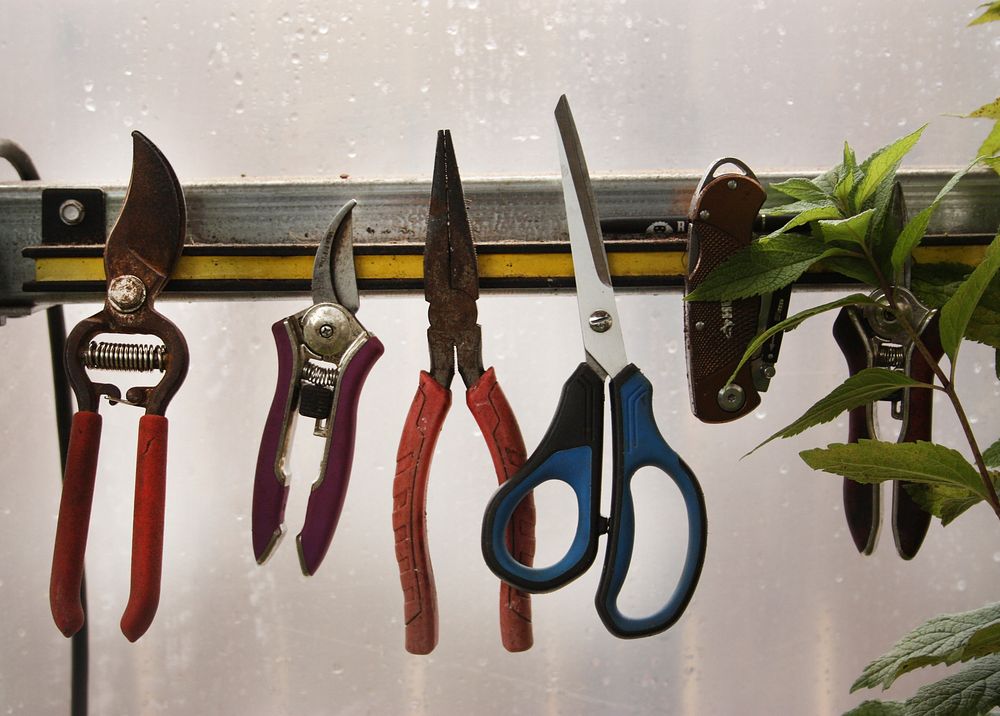
Regularly cutting down pokeweed can stop it from growing to full maturity and producing seeds. If you cut the plant down before it flowers or produces berries, you can prevent it from spreading. Use pruning shears or a weed trimmer to remove the plant at ground level. Make sure to dispose of the plant properly to avoid seed dispersal.
Repeatedly cutting the plant will weaken its root system, eventually killing it. However, it may take several rounds of cutting throughout the growing season to fully eliminate the pokeweed. Cutting is a great method if you want to control the spread without using chemicals.
Digging Up the Roots
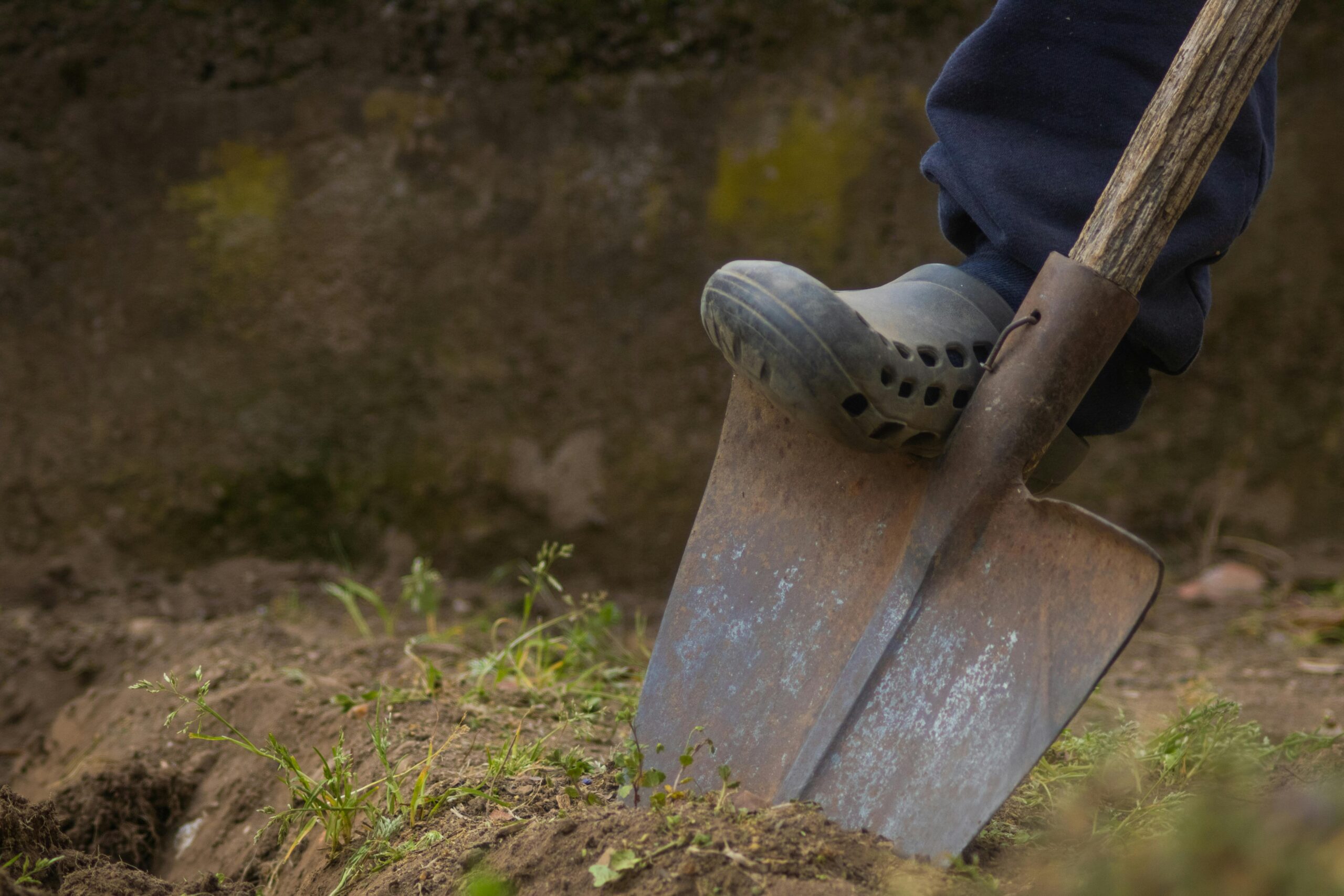
Digging up pokeweed’s roots can be an effective way to completely eliminate the plant. Use a shovel or garden fork to dig around the base of the plant and remove as much of the root as possible. This method is most effective when done early in the season, before the plant becomes too large. It is important to remove all root fragments to prevent regrowth.
Digging can be labor-intensive, especially if the pokeweed has a deep root system. After digging, be sure to dispose of the roots properly to avoid reinfestation. This method may also disturb nearby plants, so be mindful of your garden’s layout.
Solarization
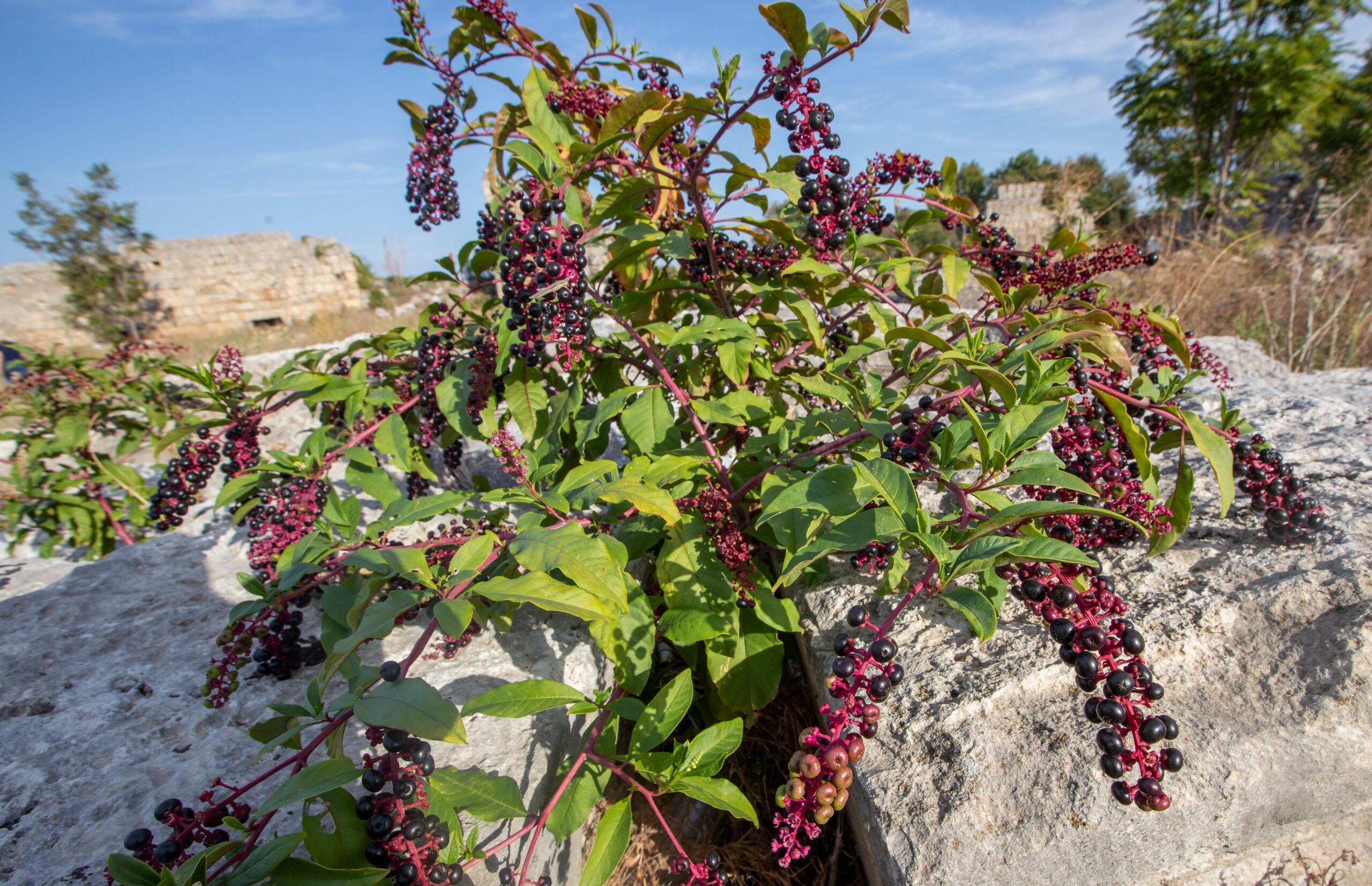
Solarization involves using plastic sheets to trap heat and kill pokeweed and other weeds. Lay clear plastic over the affected area and secure the edges to prevent air from escaping. The trapped heat will build up and eventually kill the pokeweed’s roots. This method works best during hot, sunny months.
Solarization is an environmentally friendly method that does not involve chemicals. It can also improve soil quality by killing harmful pests and pathogens in the soil. However, it may take several weeks for the heat to fully kill the weed, and it may not work well in cooler climates.
Vinegar Solution

A mixture of vinegar and water can be used as a natural weed killer for pokeweed. Use a strong vinegar solution, such as 20% acetic acid, to spot treat the plant. Apply it directly to the leaves and stems, being careful to avoid nearby plants. The vinegar will burn the foliage and inhibit the plant’s ability to grow.
Vinegar is a safe and non-toxic alternative to chemical herbicides. However, it may require multiple applications to completely kill the pokeweed. Additionally, vinegar can harm other plants, so be cautious when applying it near your garden.
Boiling Water

Pouring boiling water over pokeweed can help kill it by scalding the plant. This method is best for small or young plants. Simply bring a pot of water to a boil and carefully pour it over the pokeweed. The heat will damage the plant’s tissues and disrupt its ability to transport nutrients.
Boiling water is a cheap and effective solution, but it can also kill nearby plants. This method is most effective when the pokeweed is in a location where you do not mind harming surrounding vegetation. It is a good option for driveways, sidewalks, or gravel paths.
Smothering with Cardboard

Smothering pokeweed with cardboard is another effective method for controlling its growth. Lay cardboard over the affected area, overlapping the edges to ensure no light gets through. Cover the cardboard with mulch or soil to hold it in place. The lack of sunlight will prevent the pokeweed from growing.
This method works best for smaller patches of pokeweed and is especially effective when done in the early spring. It is an environmentally friendly option that uses materials you may already have on hand. However, it may take several months for the pokeweed to die off completely.
Use of Salt

Salt can be used to kill pokeweed by disrupting its root system. Mix a salt solution and pour it around the base of the plant. The salt will dry out the plant and eventually kill it. Be careful when using salt, as it can also harm surrounding plants and soil.
While salt is effective, it is not a long-term solution. Overuse of salt can alter the soil structure and prevent other plants from growing in the same area. Use this method sparingly and ensure it is targeted only at the pokeweed.
Regular Lawn Maintenance
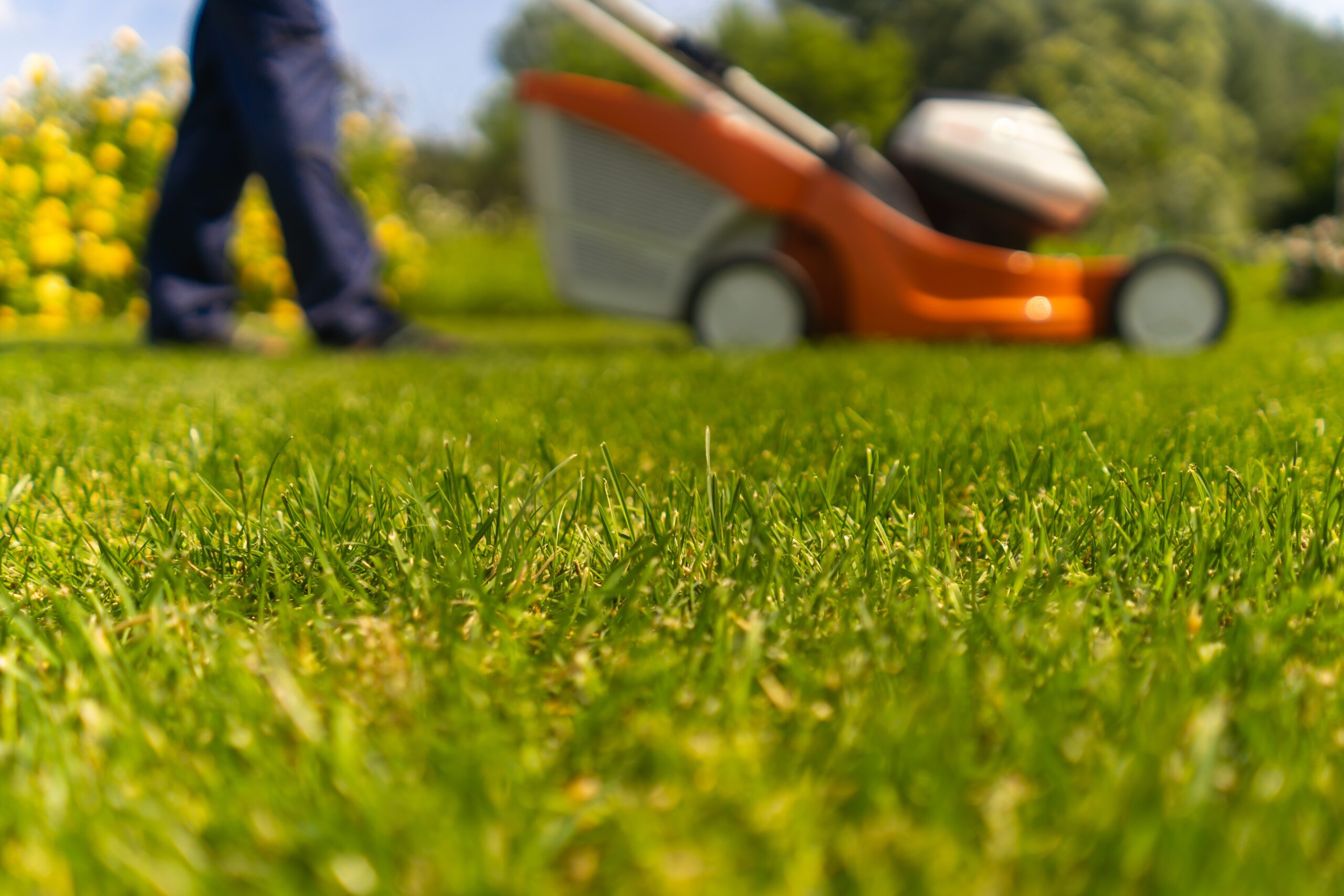
Maintaining a healthy lawn can help prevent pokeweed from taking hold. By mowing regularly and ensuring your grass is dense, you can reduce the chances of pokeweed establishing itself. A healthy lawn competes with weeds for nutrients and sunlight, making it harder for pokeweed to thrive.
Fertilizing your lawn with organic matter and ensuring proper drainage can further discourage weed growth. Additionally, aerating the soil and watering your lawn properly can help strengthen the grass, making it harder for weeds to take root. Regular lawn care is an ongoing way to prevent pokeweed from becoming a problem in the first place.
This article originally appeared on Avocadu.
